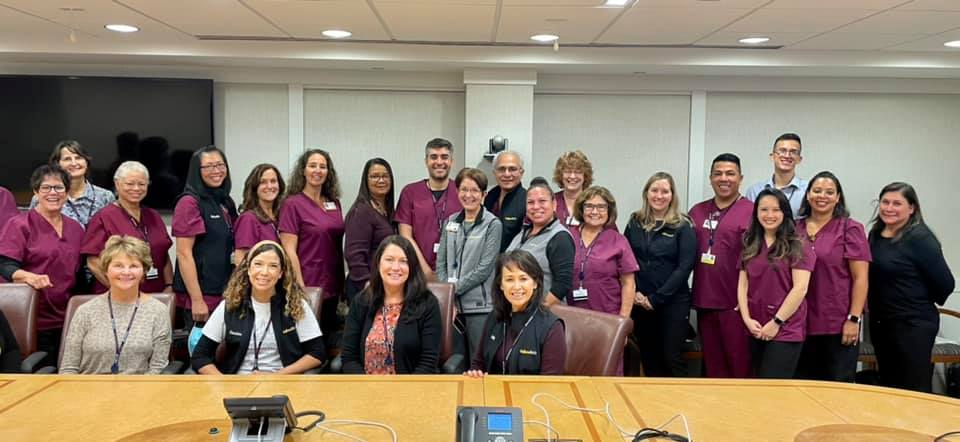By: Liz Berry
Starting my career in Transition and Activation Planning project management three years ago, I have had the opportunity to work on both the facility owner’s side of a project and the consultant’s side. Although entirely different in terms of responsibilities, both sides of the spectrum are aligned toward a common goal, the successful activation of a new facility. In both instances, you manage stakeholders, ensure deliverables are met, and coordinate an array of tasks required to support the activation.
Now having several months of experience working as a consultant, I have had time to reflect on my responsibilities and consider the delineation of responsibilities between the owner’s project management team and the consultants.

Supporting Activation from the Inside – The Owner’s Transition and Activation Project Team
While working as a Project Manager for a large healthcare organization, my typical day consisted of in-depth, hands-on support for the numerous departments I was responsible for. From sitting with teams and mapping out their daily workflows, walking the new facility with them, and working through any barriers identified, my activities varied from day-to-day. Many aspects of my job duties included collaborating with our construction counterparts to coordinate building readiness activities and tracking the resolution of identified facility issues.
As a partner in our transition journey, Yellow Brick gave our team a clear pathway and picture of what to expect at various project phases. Tools such as the Project Roadmap and Project Timeline enabled us to take steps to ensure the logistics and readiness for the critical milestones such as Dress Rehearsals, our state licensing survey, Patient Move, and post-move stabilization.

Becoming a Transition and Activation Partner – Life of a Transition and Activation Consultant
In making the transition to consultant, there have been several adjustments that I have had to make in order to support my projects. One of the toughest adjustments has been moving from being in-person every day to mainly working remotely. Having a supportive team has made this difficult adjustment easier; they provided suggestions on ways to make the routine a bit easier. For those struggling to find a steady routine in their work-from-home lives, many of my Yellow Brick team’s recommendations to help me settle into my new work life can be found here.
Another large change that I have had to manage is going from receiving the project plan to now developing it. Having experienced what clients are going through, I can relate to them and take my lessons learned into account when planning and walking the client through the process. The planning and execution of the events can seem daunting, but breaking the pieces down into bite-sized pieces and explaining how they correlate to each other is something that I feel has been made easier by having been in their shoes.
Overall, I feel that being on the owner’s side before transitioning to a consultant has allowed me to better relate to clients. While there have been difficult periods, having a supportive team there to provide lessons learned and share their own experiences has made the whole process easier.

